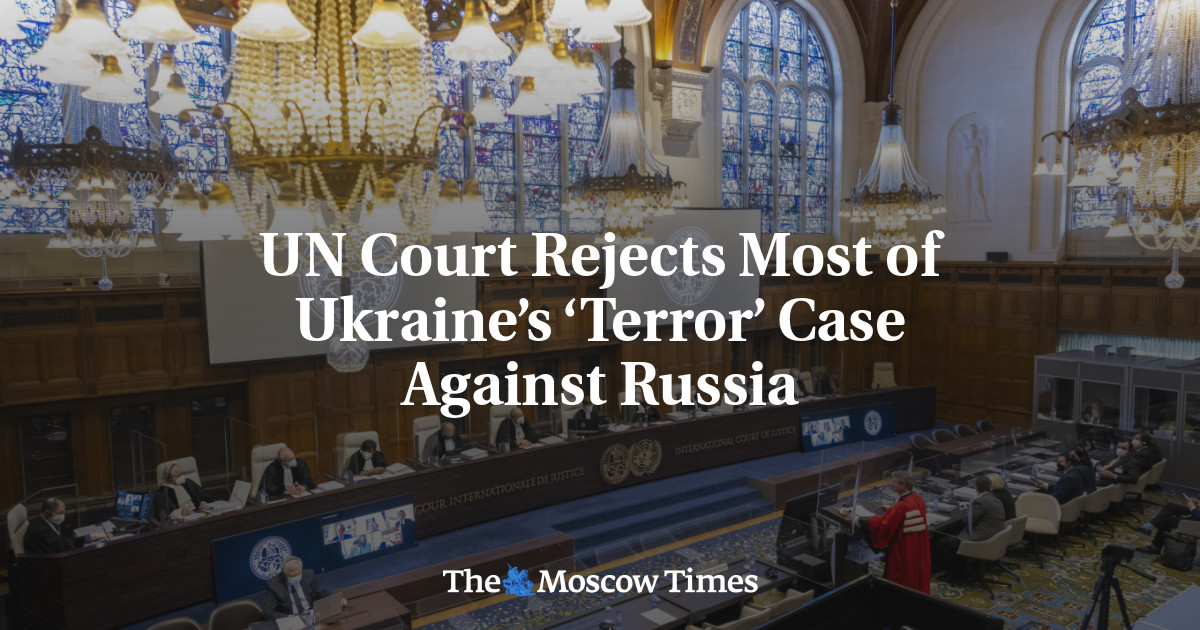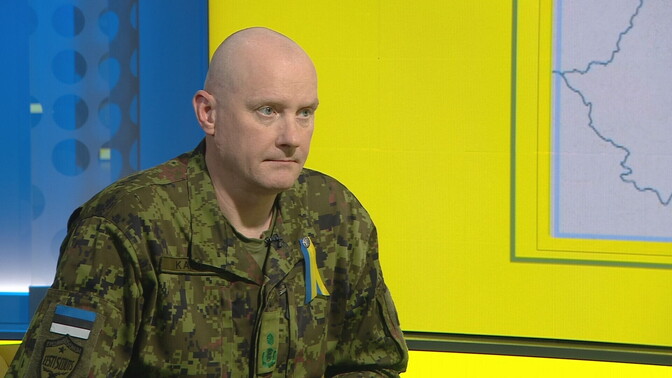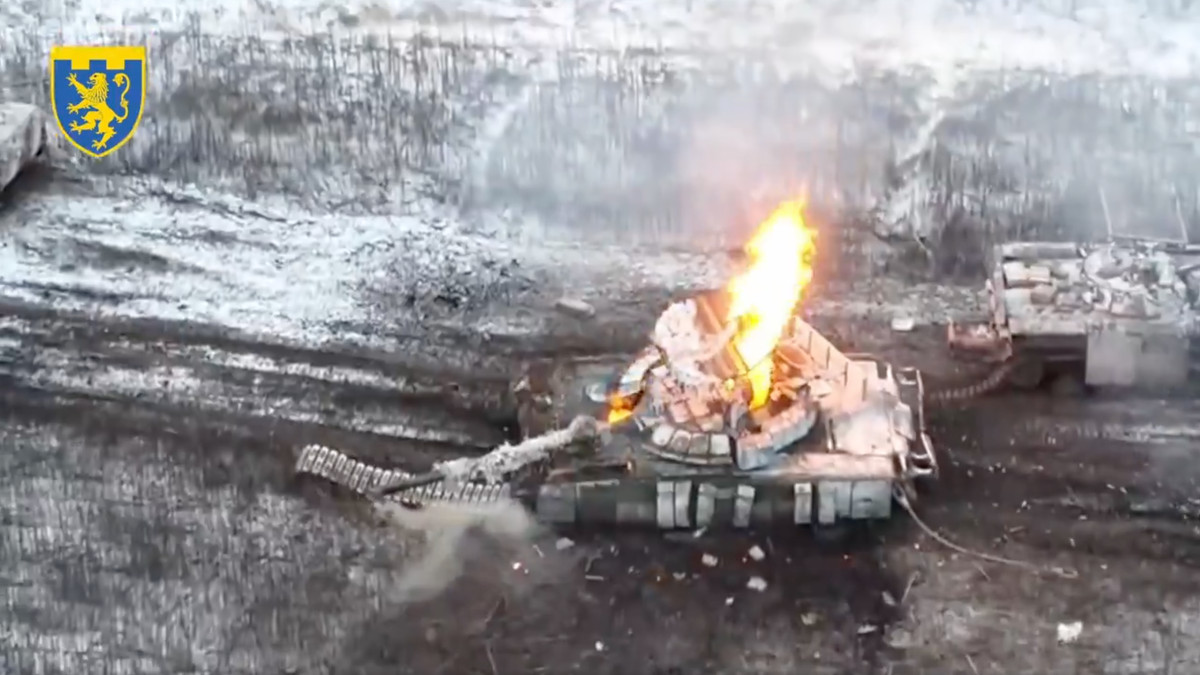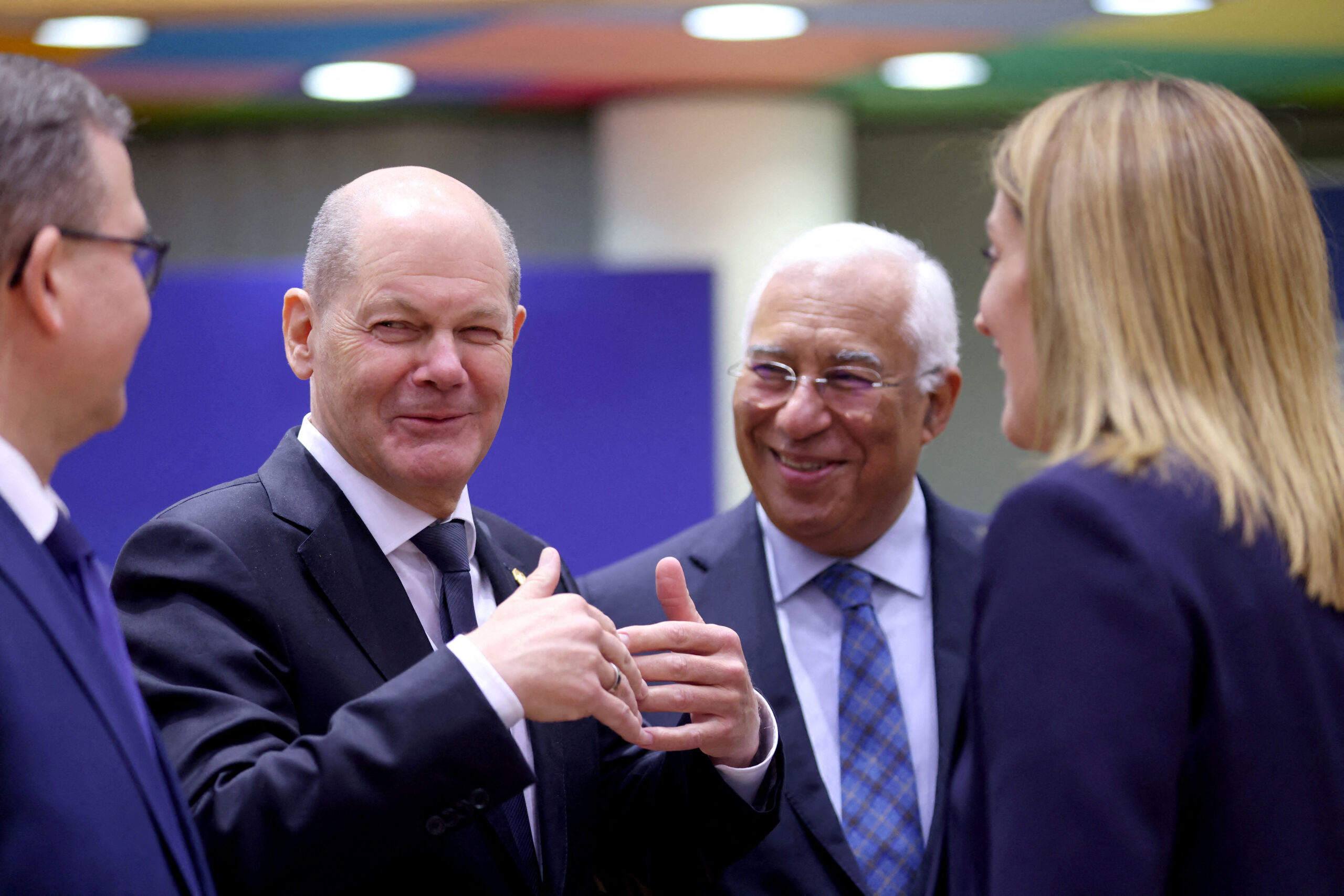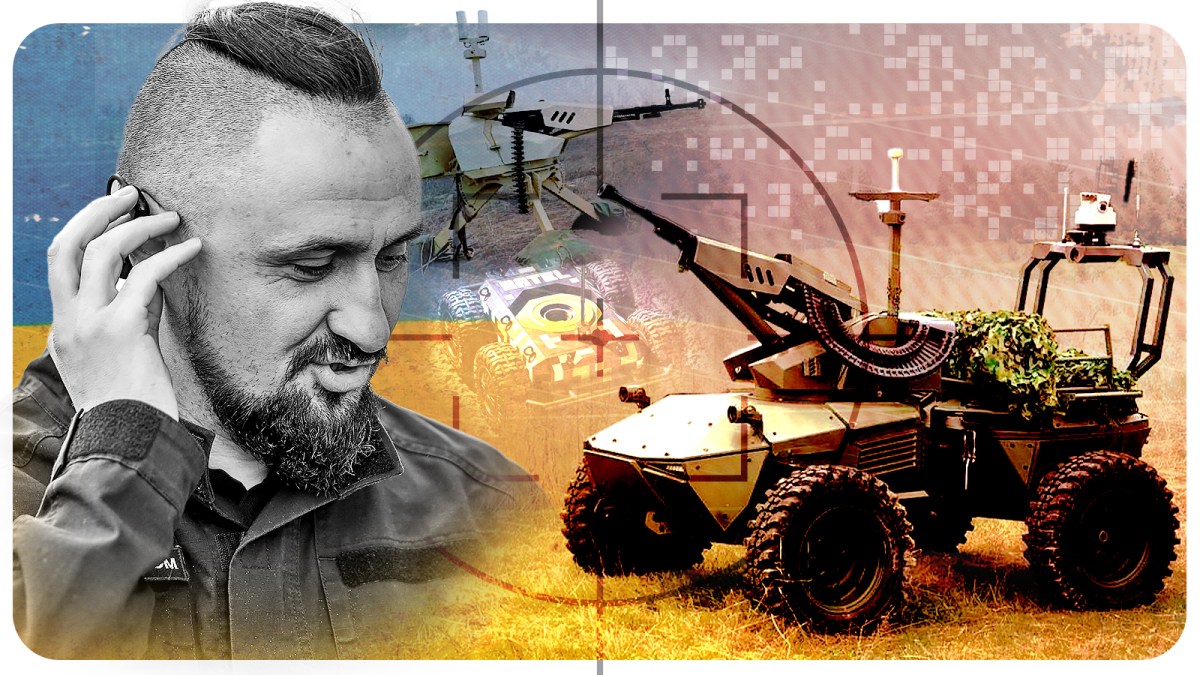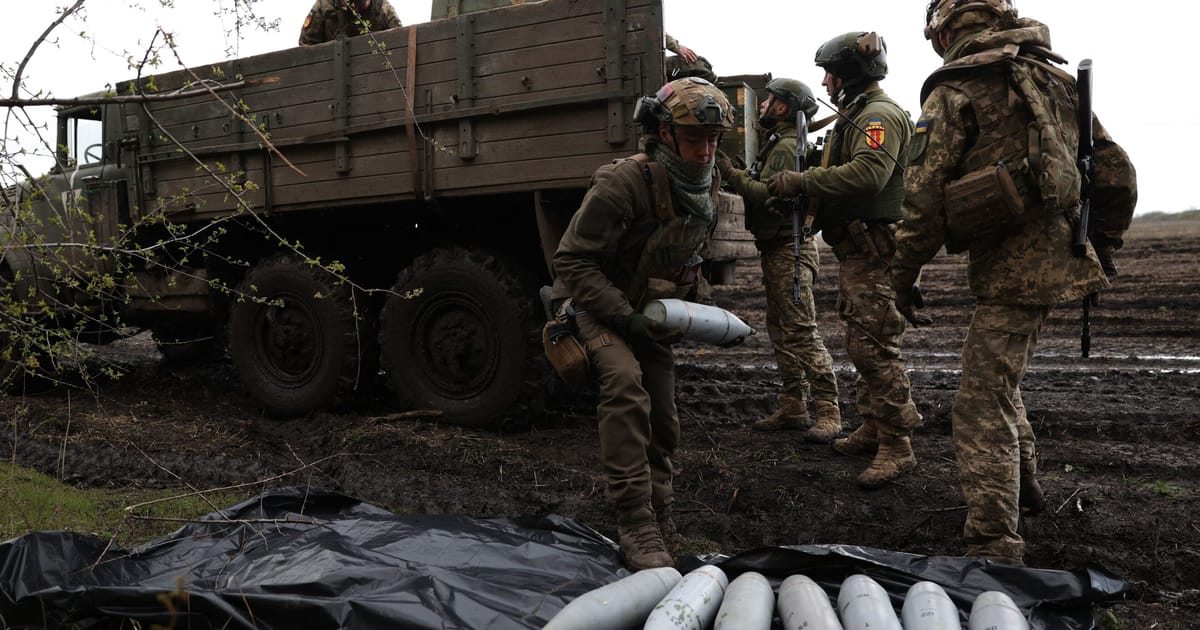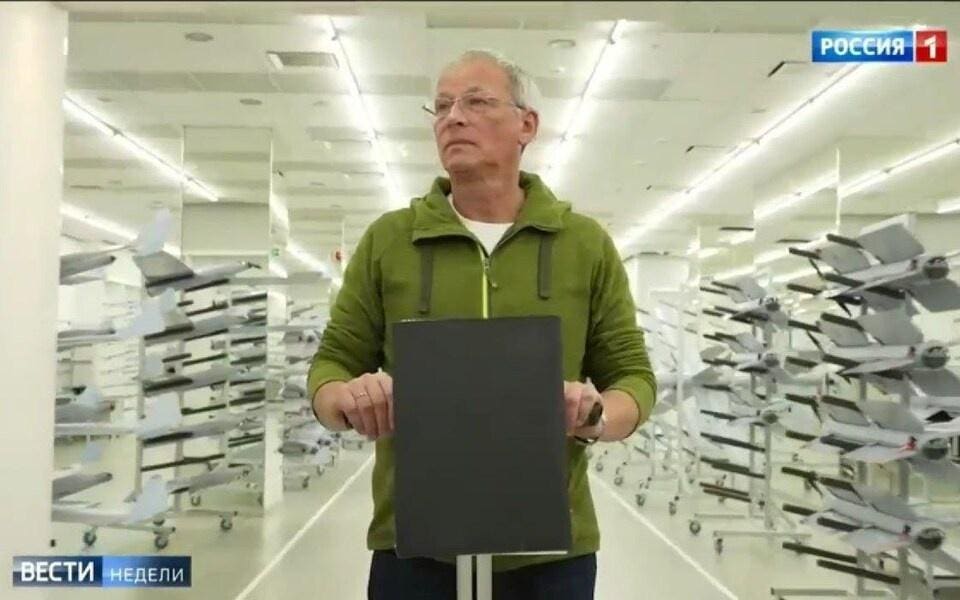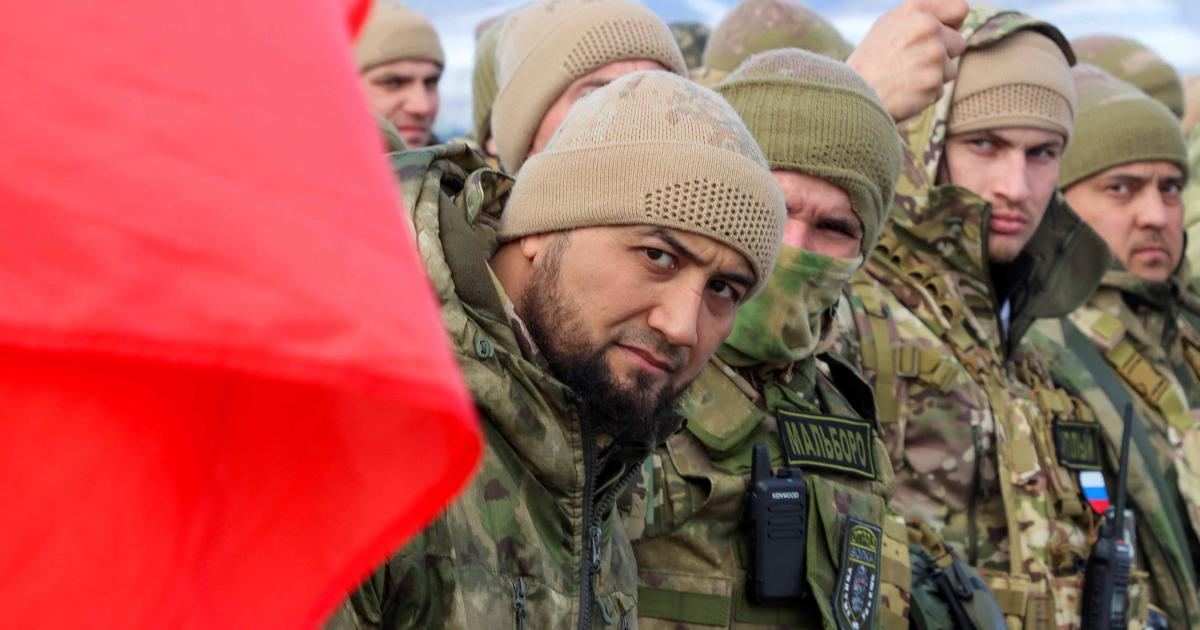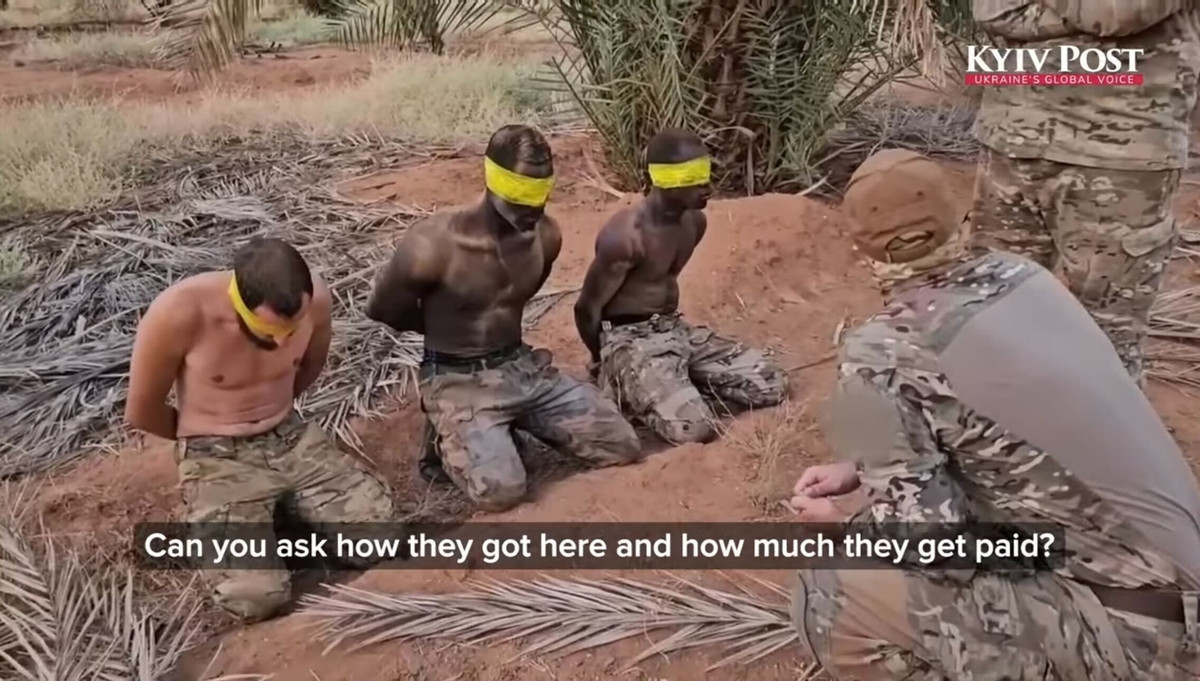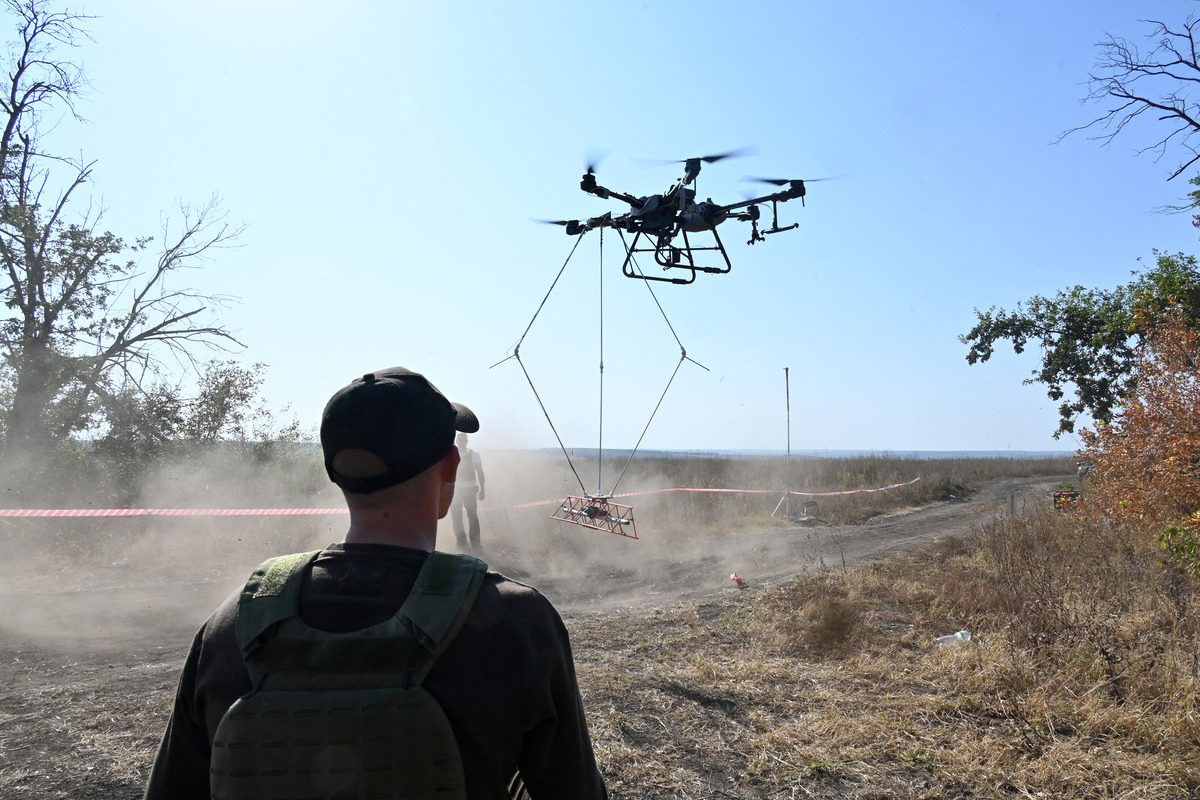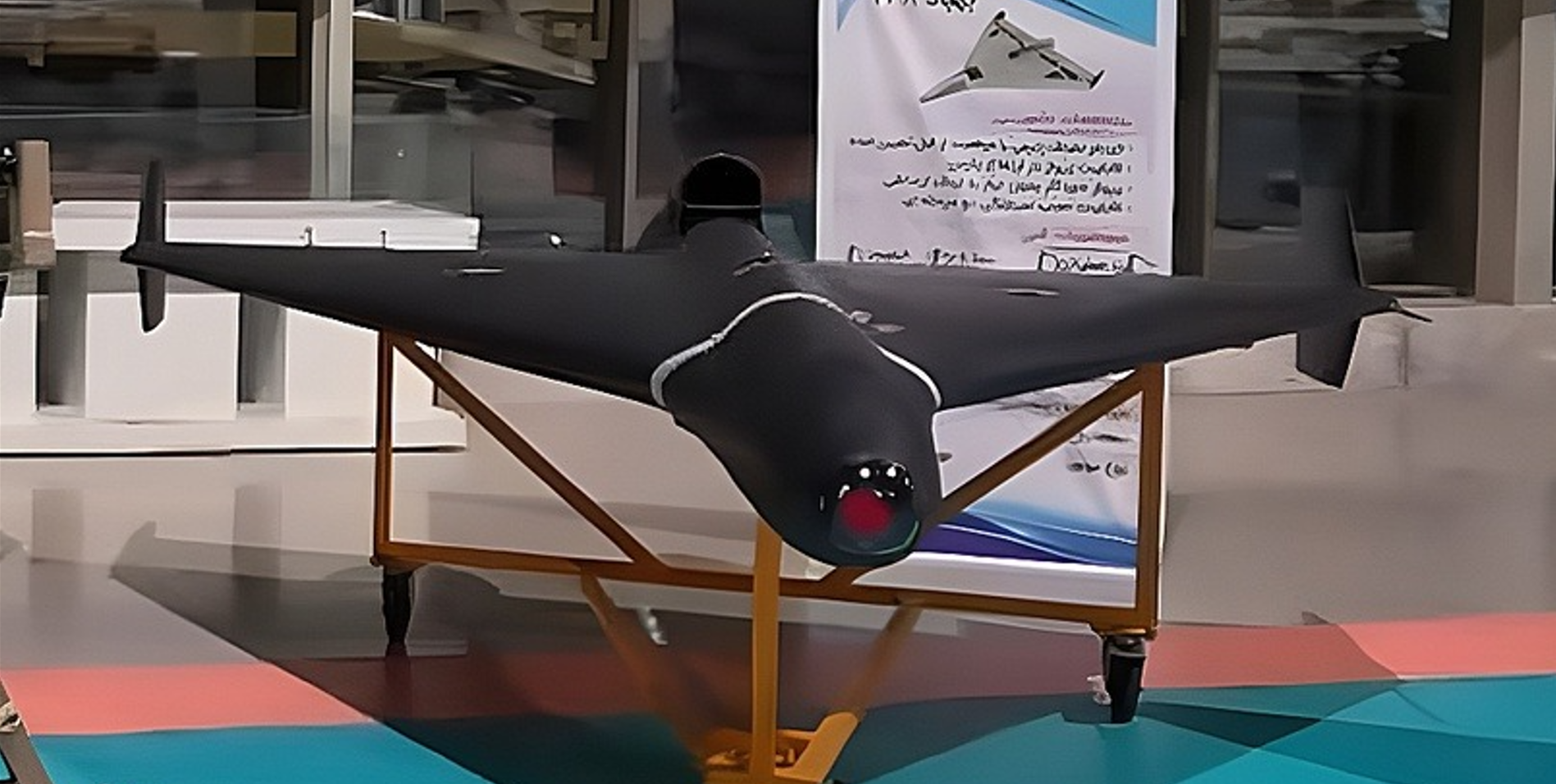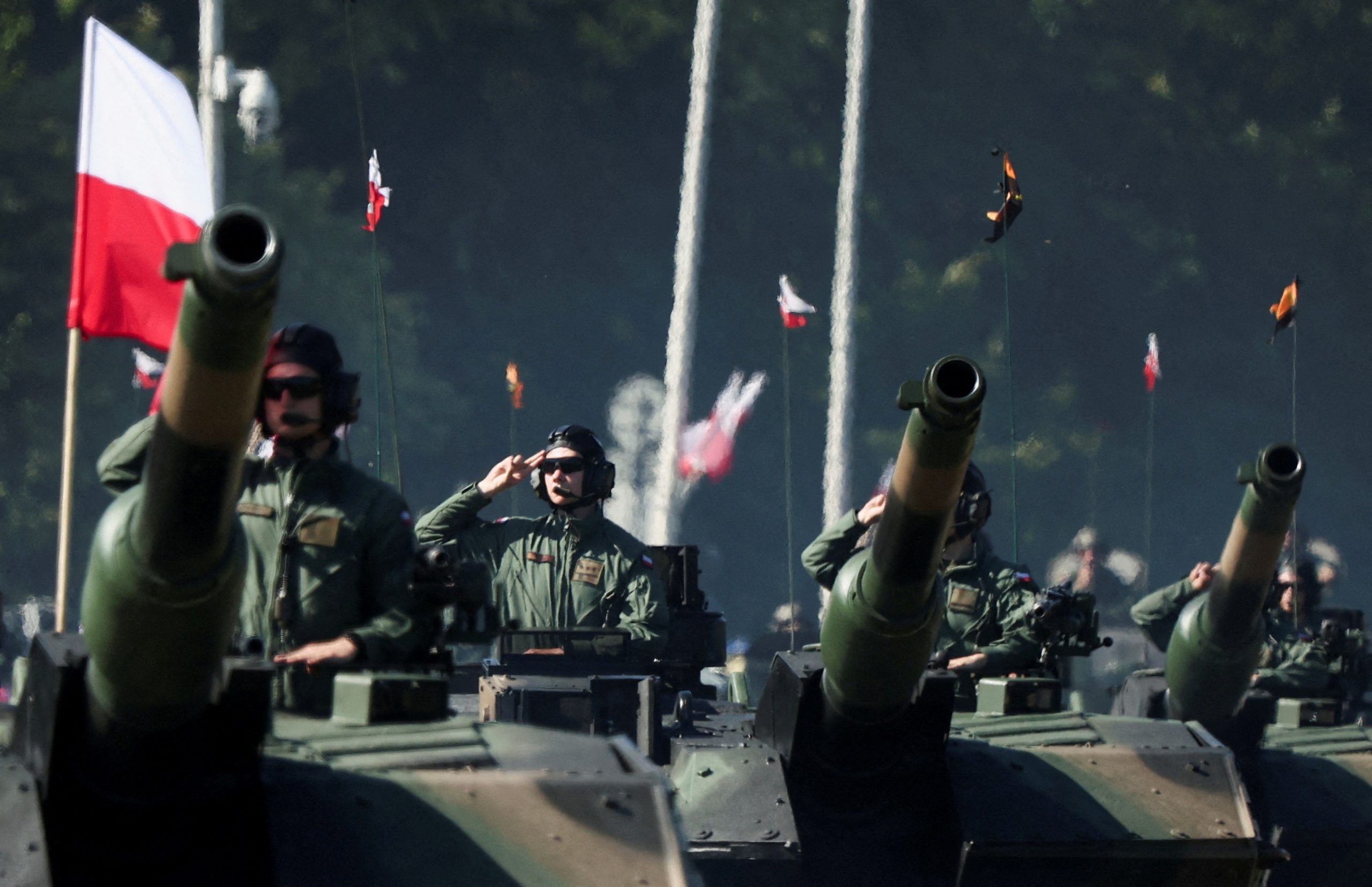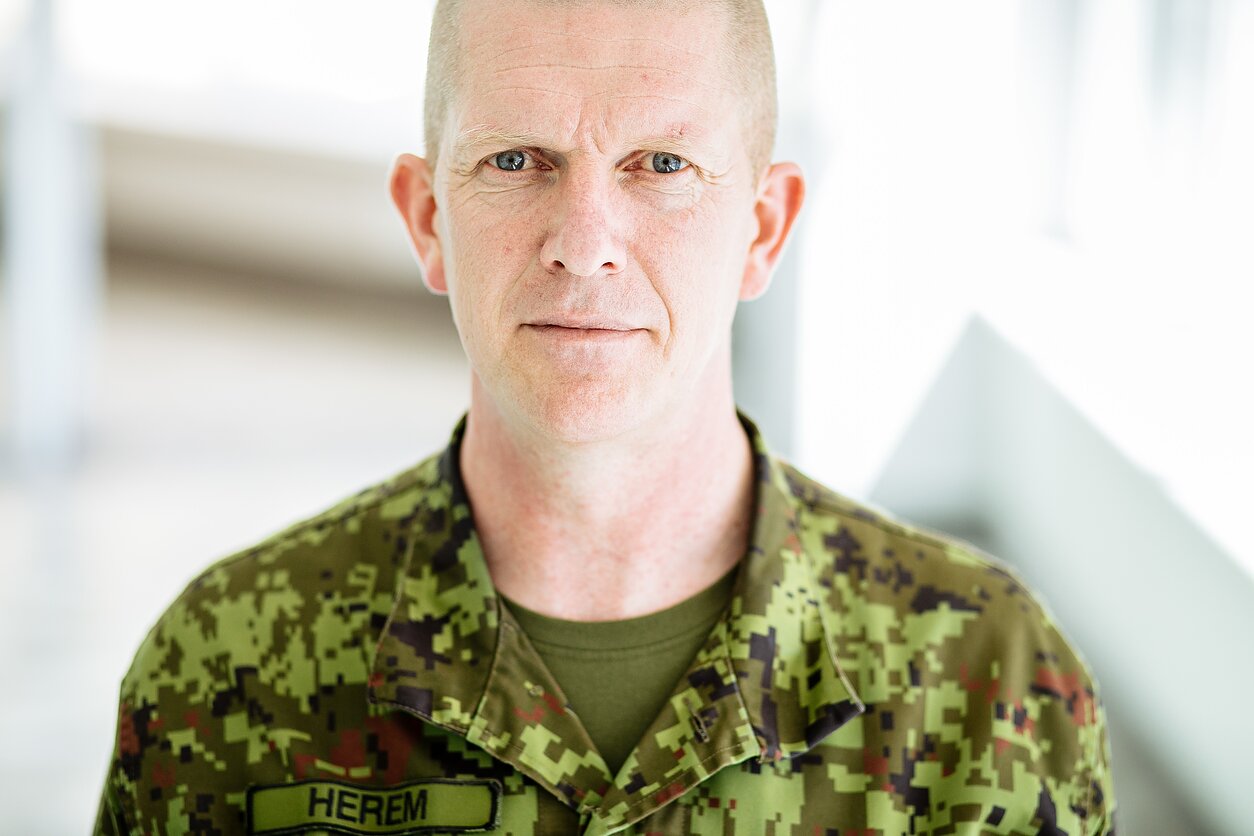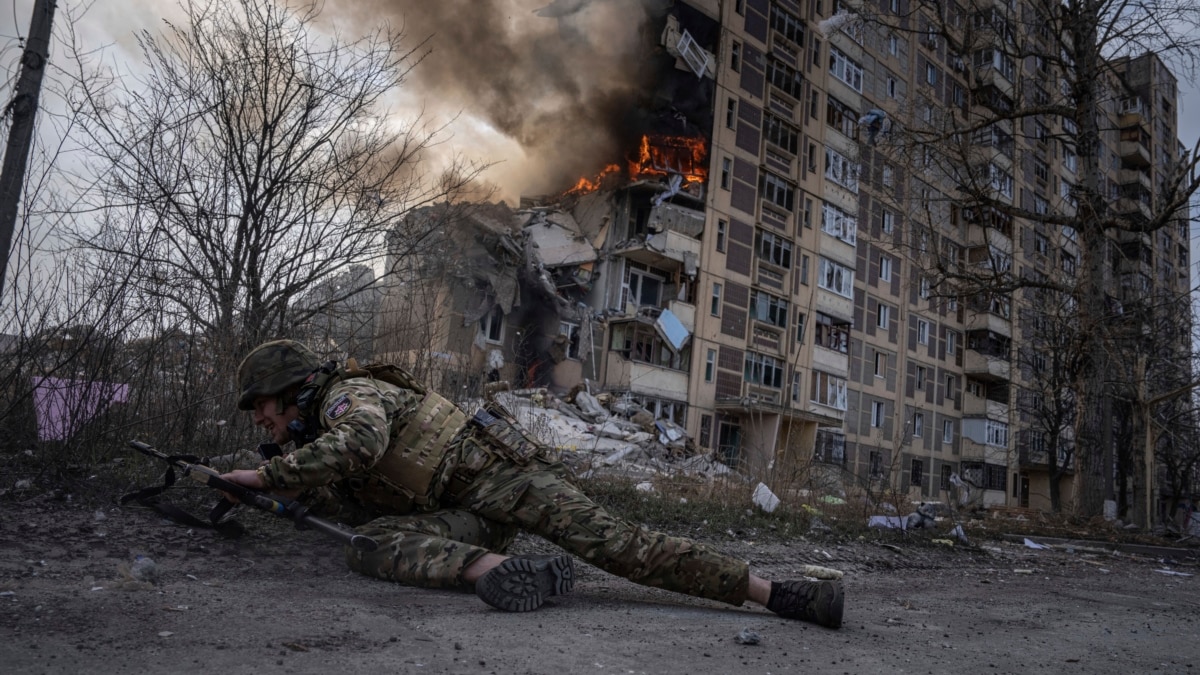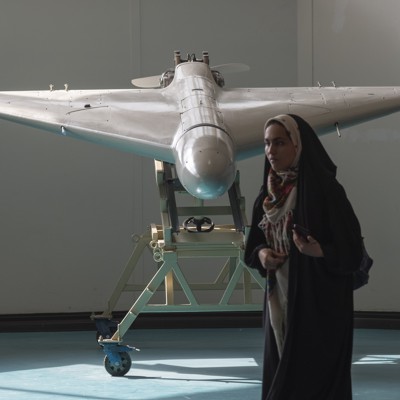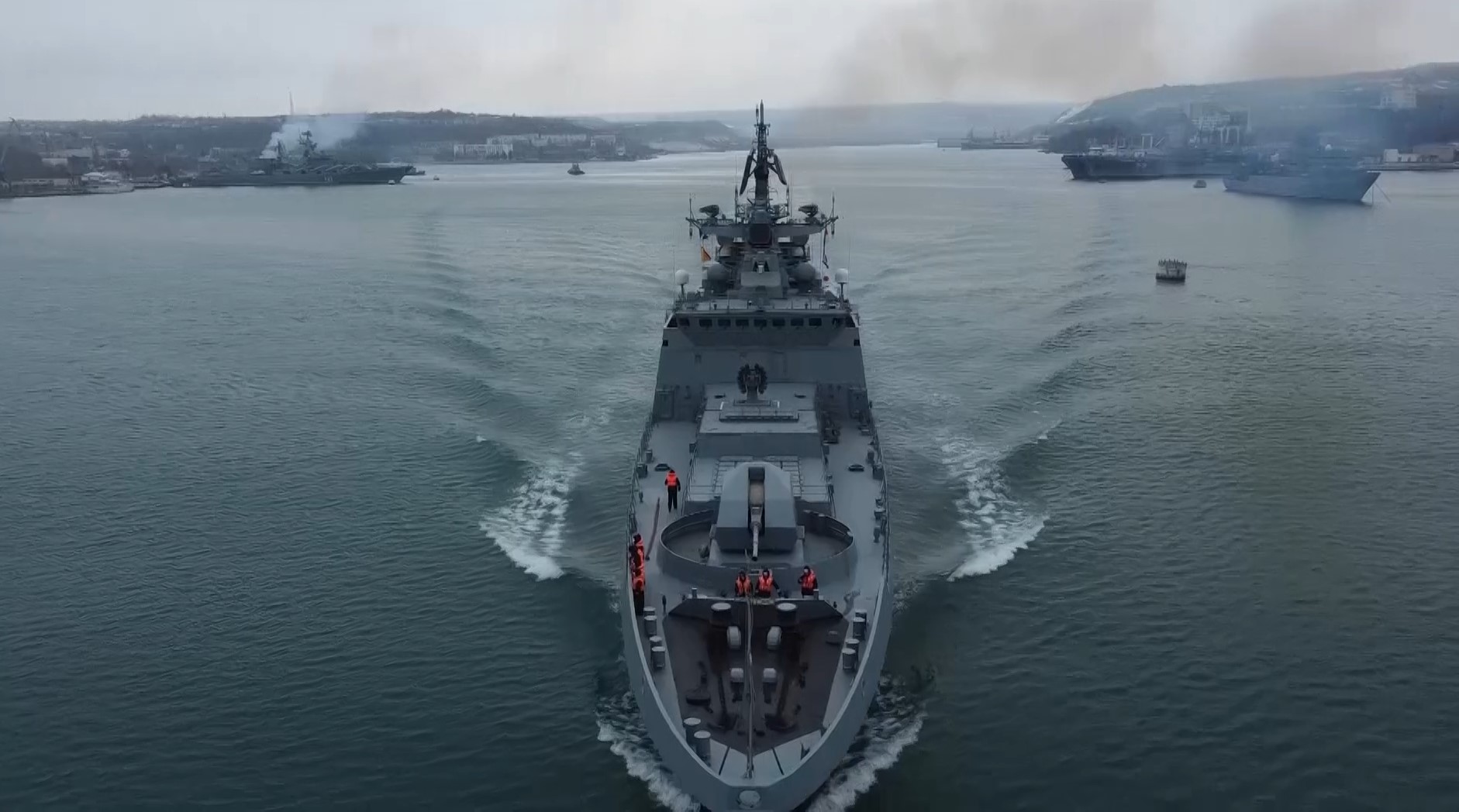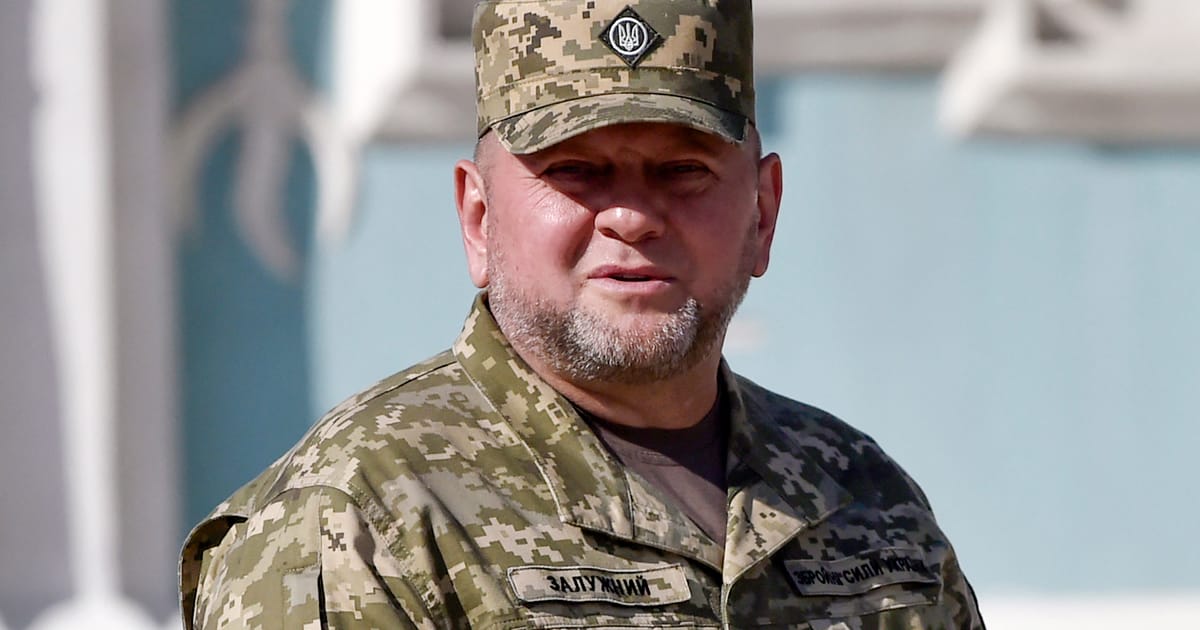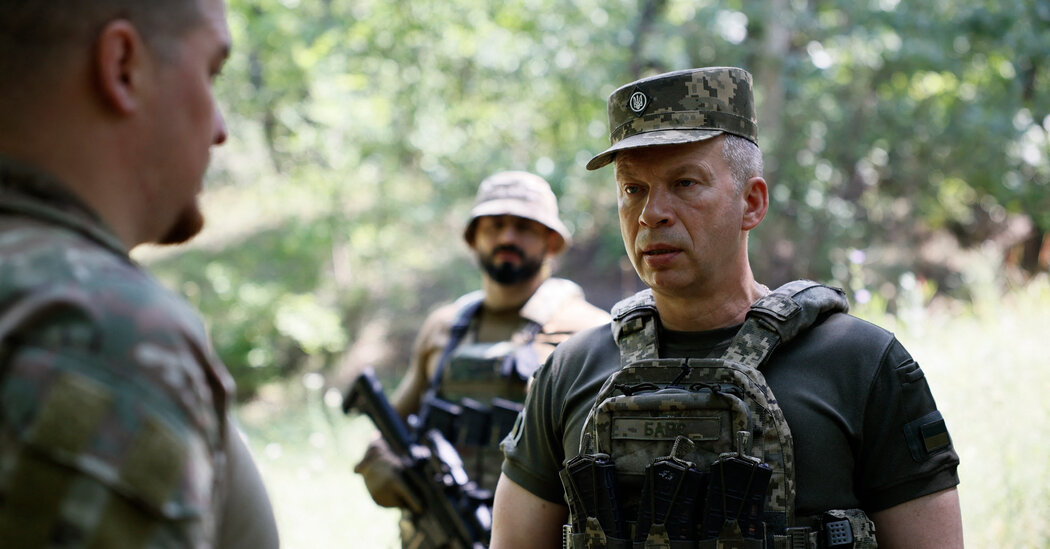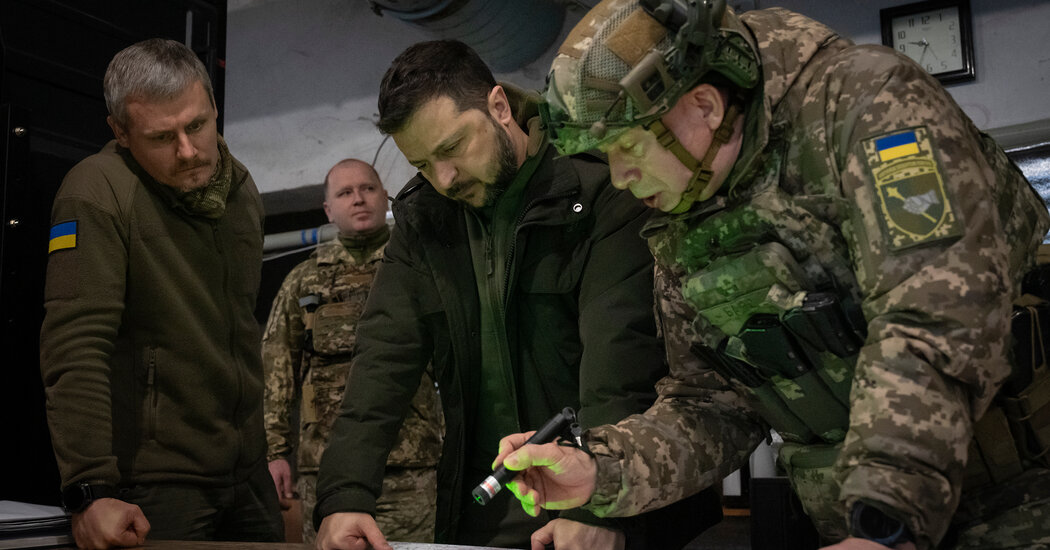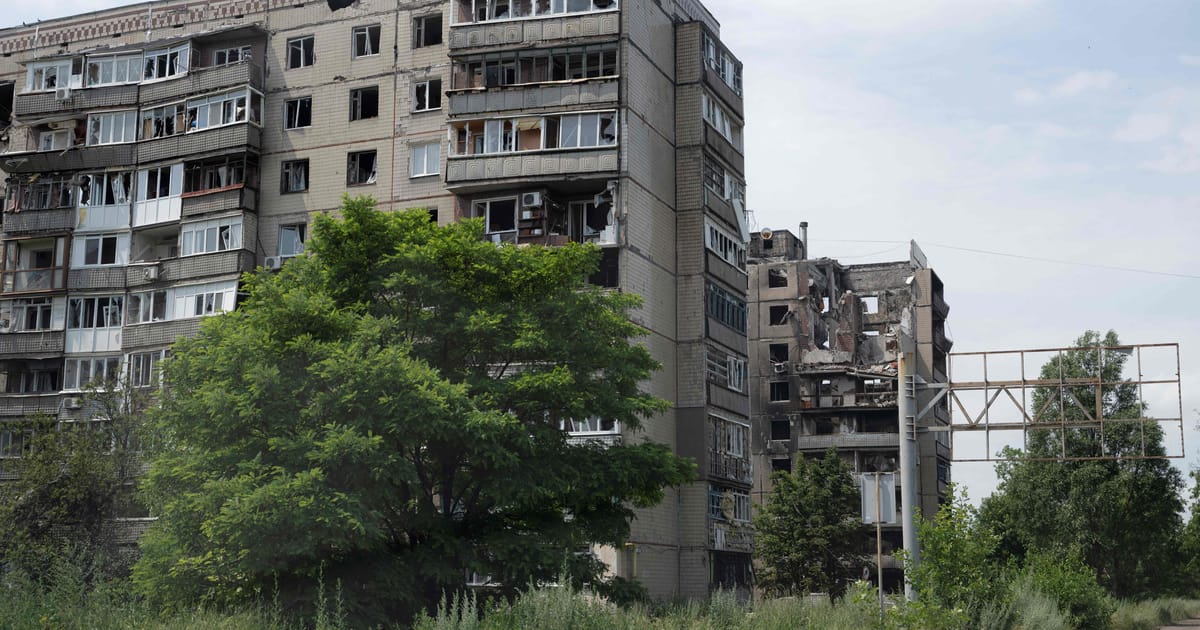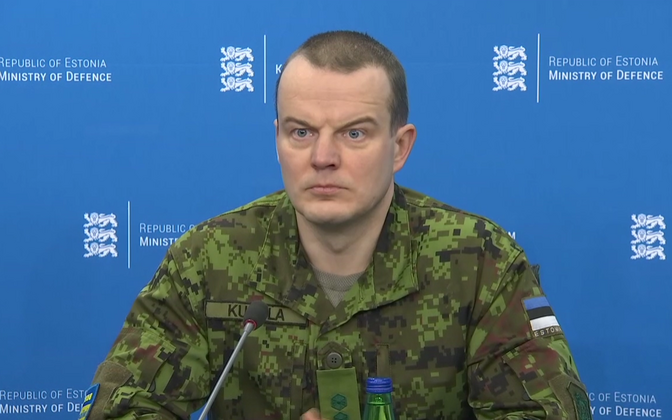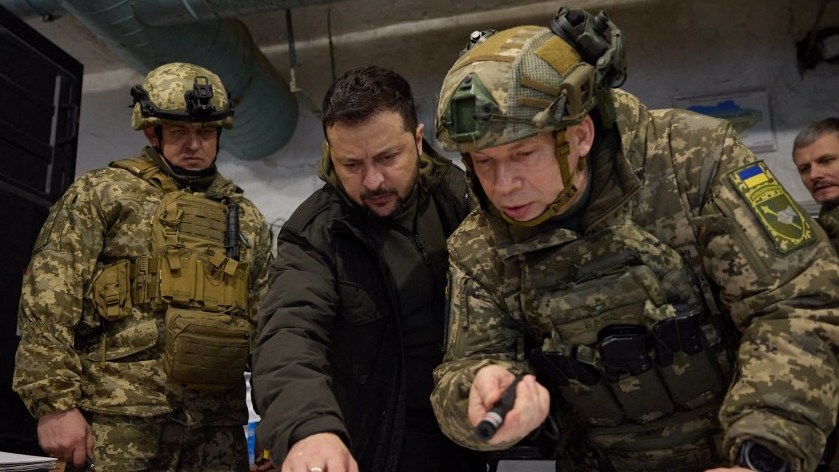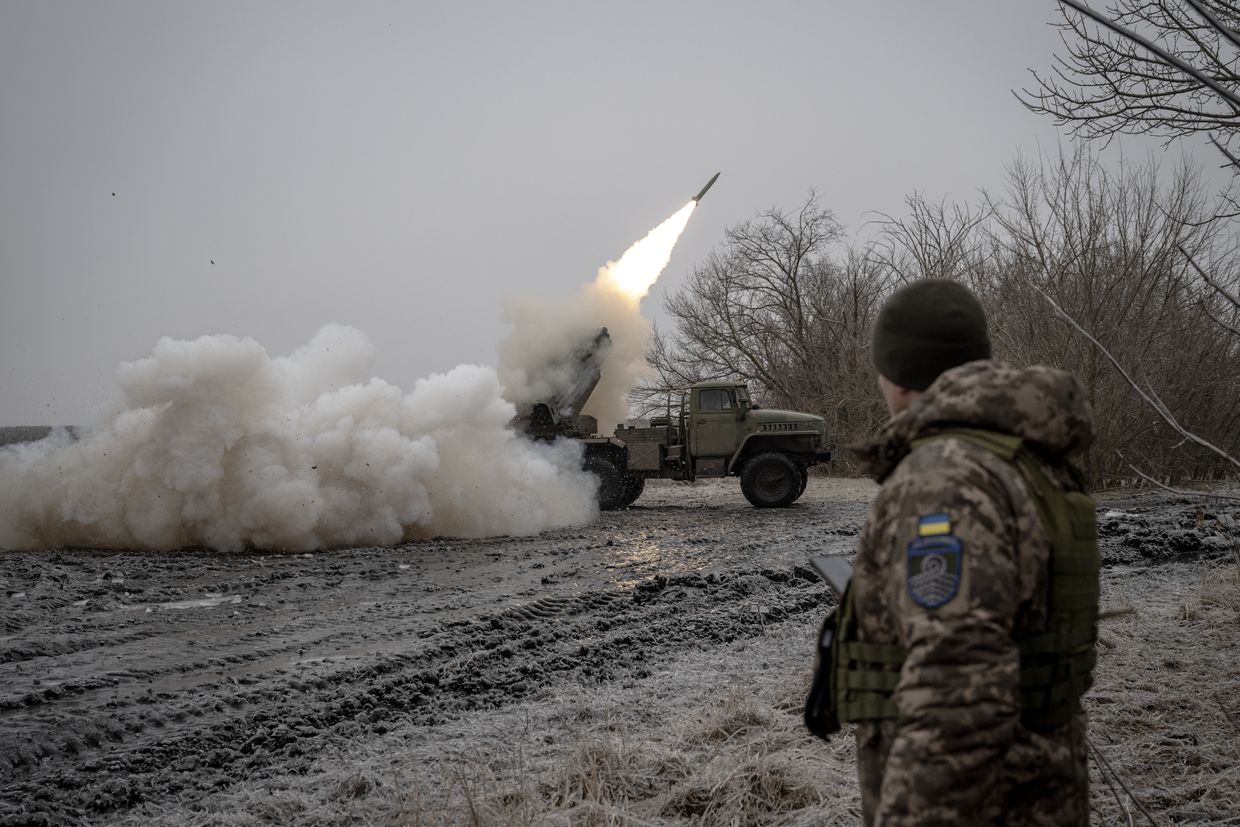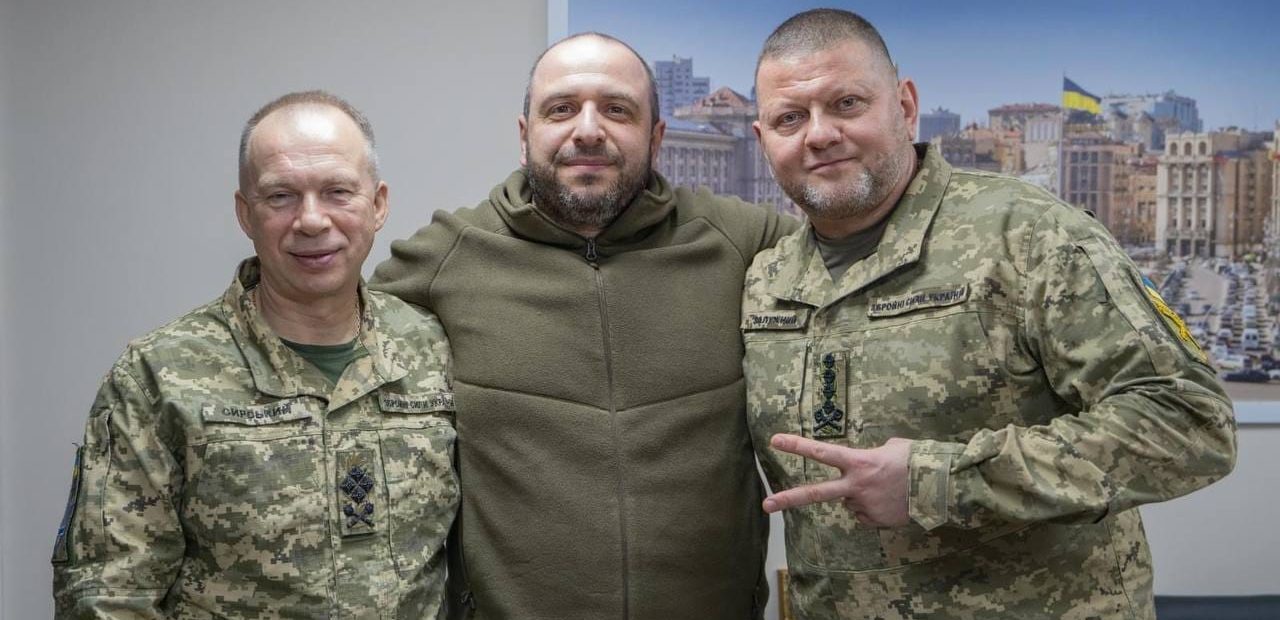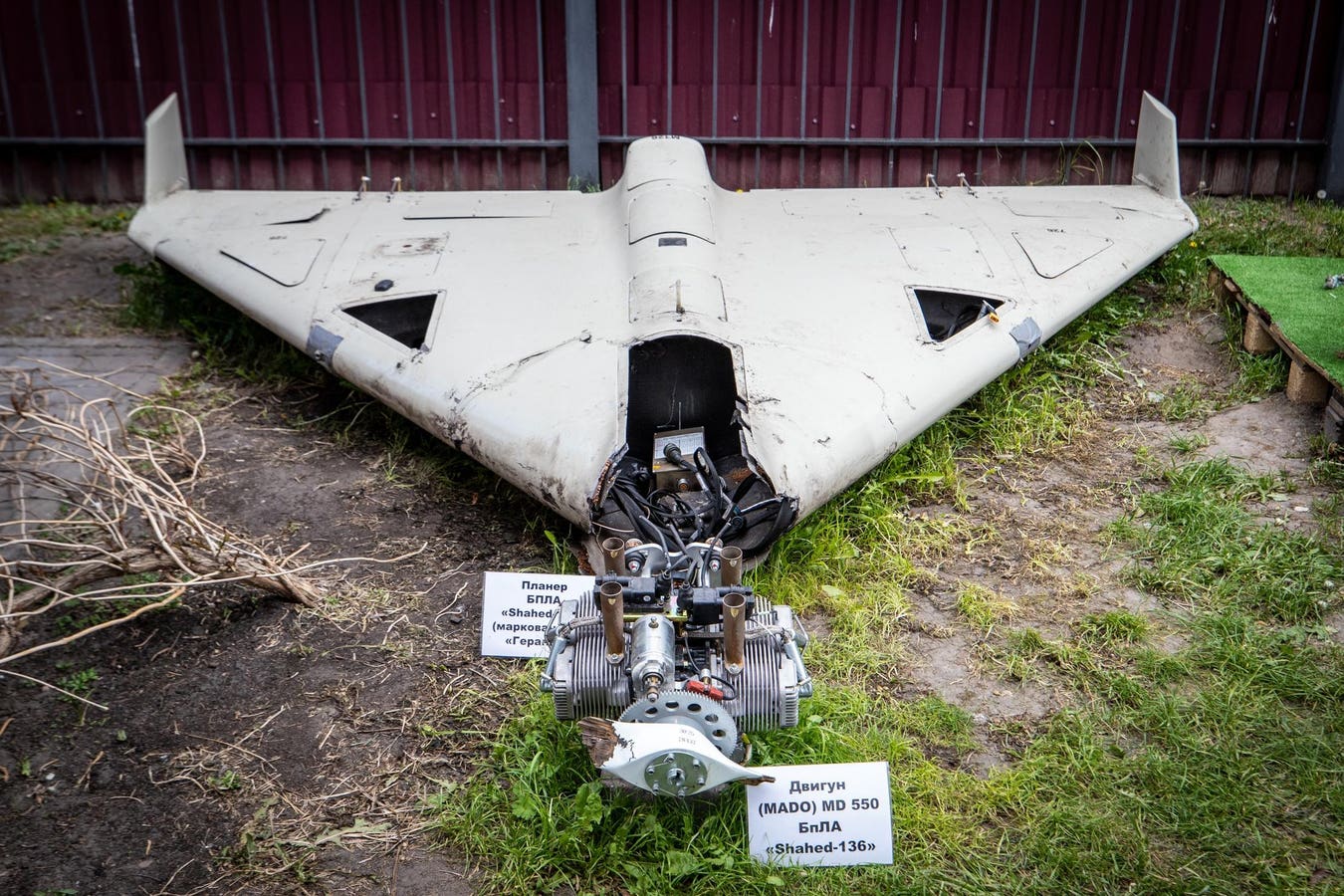Ukraine is reinforcing Avdiivka. And there are good reasons to believe it’s bolstering the eastern city—current the locus of Russia’s winter offensive—with one of the best brigades in the Ukrainian army.
The 3rd Assault Brigade. The
only Ukrainian ground-combat brigade that we know for sure was in reserve in eastern Ukraine as of last week.
Brig. Gen. Oleksandr Tarnavskyi, commander of the Tavriya group of forces in Avdiivka,
announced the reinforcement on Telegram on Saturday. “We strengthen the blocking line, set up additional firing positions and use fresh effective forces,” Tarnavskyi wrote. “Logistical delivery continues.”
That the Ukrainians would reinforce Avdiivka was not a foregone conclusion. In apparently choosing to stay and fight, Ukrainian forces are accepting enormous risk.
After four months of hard fighting, Russian troops from the 2nd and 41st Combined Arms Armies finally breached Avdiivka—a key Ukrainian stronghold just five miles northwest of Russian-occupied Donetsk—earlier this month and approached within a few hundred yards of the main road by which the Ukrainian garrison, centered on the 110th Mechanized Brigade, gets supplies into the city.
At that point, Tarnavskyi had two options. Pull back the 110th Brigade’s survivors from the exposed eastern part of the city and consolidate the Ukrainian line in central Avdiivka or just outside the city, to the west.
Or: reinforce the 110th Brigade and try to push the much larger Russian force away from the garrison’s supply lines.
It’s possible it wasn’t Tarnavskyi’s decision to make.
Last week, Ukrainian president Volodymyr Zelensky
removed his popular top general, the charismatic Valery Zaluzhny, and replaced him with the
unpopular former head of the ground forces, Gen. Oleksandr Syrskyi.
Zaluzhny has a reputation—deserved or not—for embracing a mobile defense in order to minimize Ukrainian casualties. Syrskyi by contrast has a reputation—again, deserved or not—for accepting high casualties in stubborn, static fights.
It’s possible that, in promoting Syrskyi, Zelensky signaled his intention to fight for Avdiivka. Even at high cost.

